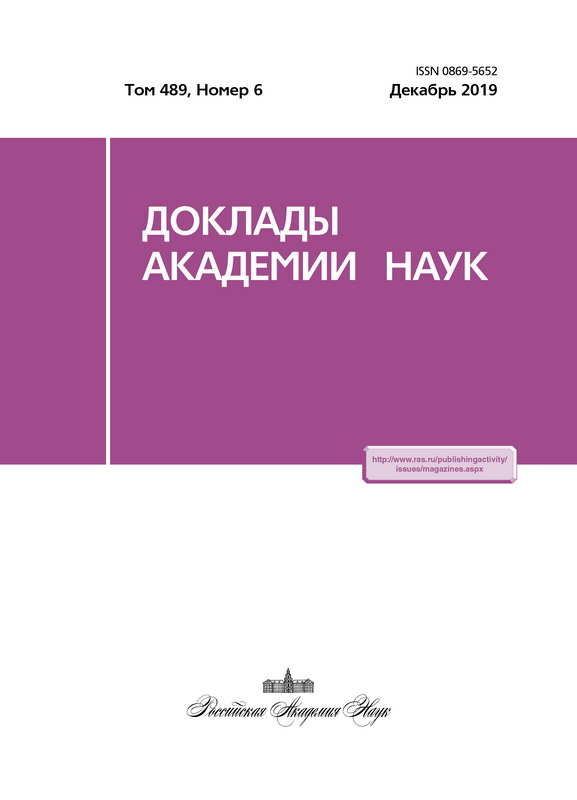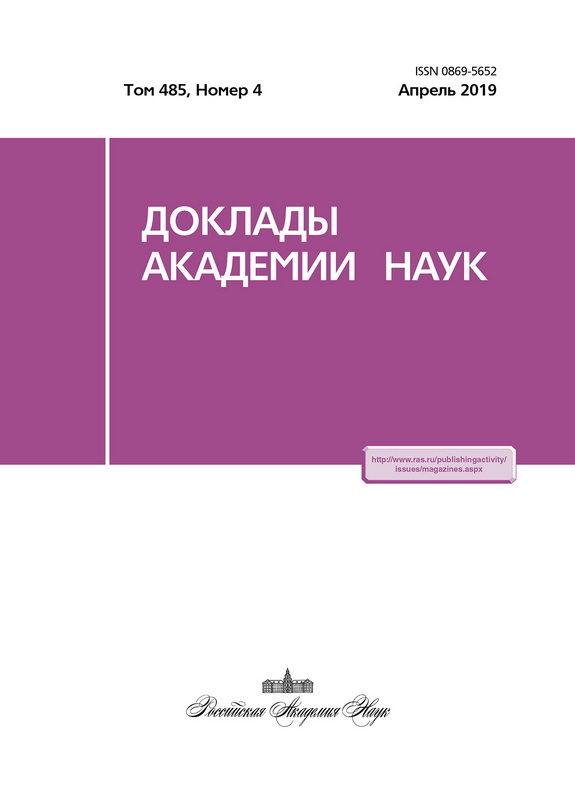Низкочастотный сейсмический шум до и после мегаземлетрясения Суматра 26 декабря 2004 г.
- Авторы: Соболев Г.А.1
-
Учреждения:
- Институт физики Земли имени О.Ю. Шмидта Российской академии наук
- Выпуск: Том 485, № 4 (2019)
- Страницы: 497-501
- Раздел: Геофизика
- URL: https://journals.eco-vector.com/0869-5652/article/view/14249
- DOI: https://doi.org/10.31857/S0869-56524854497-501
- ID: 14249
Цитировать
Аннотация
Изучены записи 59 идентичных широкополосных сейсмических станций, расположенных в разных районах земного шара, до и после землетрясения Суматра 26 декабря 2004 г. с М = 9,1. Проанализированы колебания в диапазоне периодов от 40 до 360 с. Станции, расположенные на расстояниях в несколько сотен километров друг от друга, демонстрировали различные по форме и времени возникновения импульсы на периодах 40-80, 80-160 и 160-320 с, что свидетельствует о локальных атмосферных источниках сейсмического шума. Экспоненциальный рост спектральной амплитуды шума по мере удлинения периода соответствует теории А. Н. Колмогорова локально изотропной турбулентности в атмосфере. Уровень шума возрос после землетрясения Суматра в 2 раза как на станциях, расположенных в сейсмоактивных зонах субдукции, так и на платформах.
Ключевые слова
Об авторах
Г. А. Соболев
Институт физики Земли имени О.Ю. Шмидта Российской академии наук
Автор, ответственный за переписку.
Email: sobolev@ifz.ru
Член-корреспондент РАН
Россия, 123242, г. Москва, Б.Грузинская ул., д. 10, стр. 1Список литературы
- Tanimoto T., Um J., Nishida K., Kobayashi N. Earth’s Continuous Oscillations Observed on Seismically Quiet Days // Geophys. Res. Lett. 1998. V. 25. P. 1553-1556.
- Ekstrom G. Time Domain Analysis of Earth’s Long-Period Background Seismic Radiation // J. Geophys.Res. 2001. V. 106. № B11. P. 26 483-26 493.
- Nishida K., Kobayashi N., Fukao Y. Origin of Earth’s Ground Noise from 2 to 20 mHz // Geoph. Res. Lett. 2002. V. 29. № 10. P. 52-1-52-4.
- Wieland E., Streckeisen G. The Leaf-Spring Seismometer - Design and Performance // Bull. Seismol. Soc. Amer. 1982. V. 72. P. 2349-2367.
- Кулаичев А. П. Методы и средства анализа данных в среде Windows. Stadia 6.0. М.: НПО Информатика и компьютеры, 1996. 256 с.
- Любушин А. А. Анализ данных систем геофизического и экологического мониторинга. М.: Наука, 2007. С. 228.
- Соболев Г. А. Сейсмический шум. М.: Наука и образование, 2014. С. 272.
- Соболев Г. А. Западный дрейф колебаний Земли после землетрясений // ДАН. 2017. Т. 472. № 2. С. 201-205.
- Колмогоров А. Н. Локальная структура турбулентности в несжимаемой жидкости при очень больших числах Рейнольдса // ДАН. 1941. T. 30. № 4. С. 299-303.
- Монин А. С., Яглом А. М. Статистическая гидромеханика. М.: Наука, 1965/1967. Т. 1/2.
- Голицын Г. С., Мохов И. И., Куличков С. Н. и др. Редакционная коллегия. Турбулентность, динамика атмосферы и климата. М.: Геос, 2014. 696 с.
Дополнительные файлы







